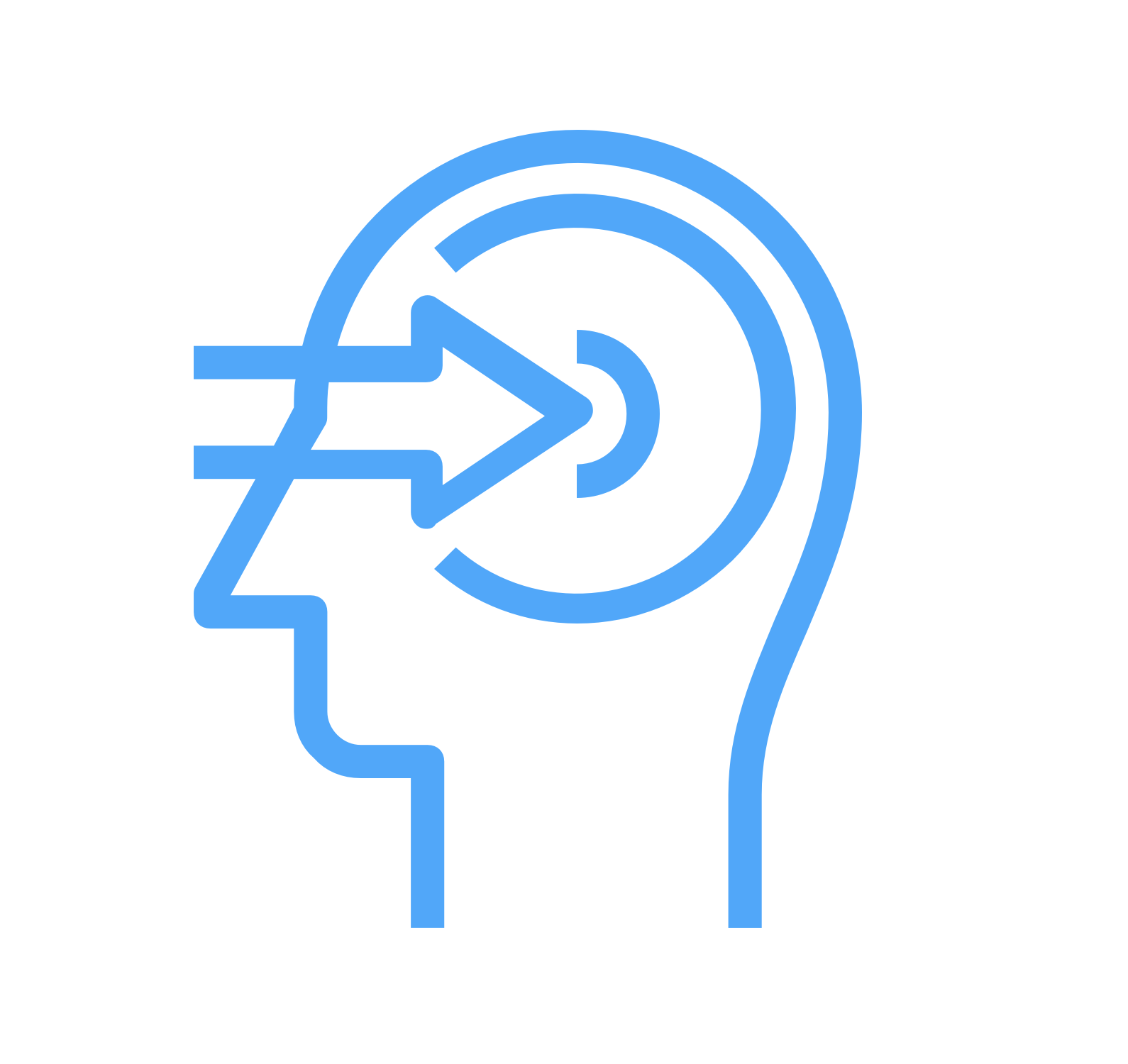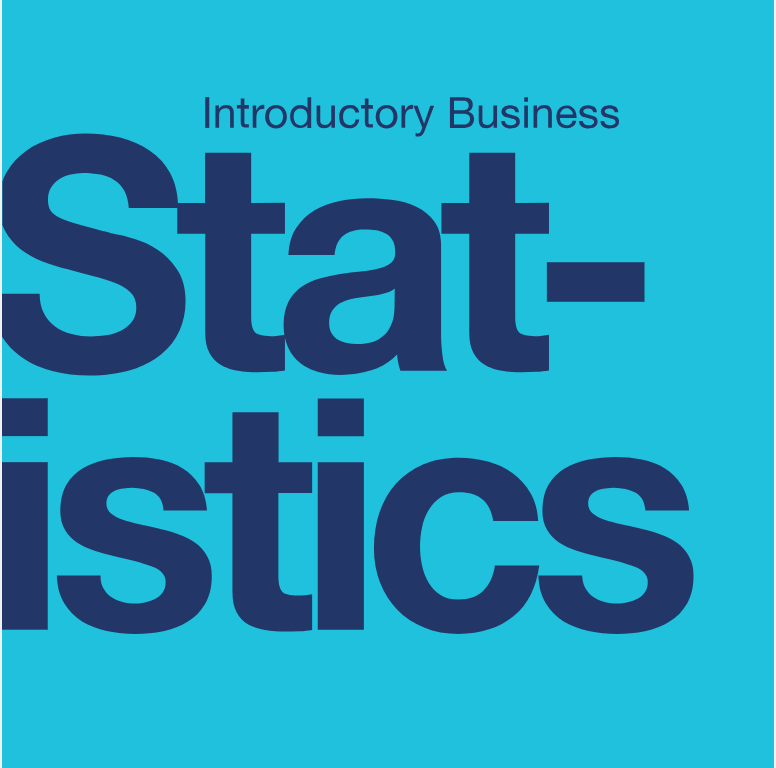
Introductory
Business Statistics
The comprehensive contents from this book, combined with Odigia’s Teaching and Learning Tools have everything you need to engage, collaborate, track and assess your students.
This course includes:

200
practice questions

23
engagement activities
Helping Teachers Do What They Do Best: Teach

Customize
Use our courses as is or easily customize them to fit your teaching style and the needs of your students. You can add your favorite resources, hide and show our existing content and pre-built assessments, or make them your own. Everything your students need, in one place!

Engage and Collaborate
Odigia combines learning materials, discussions, and tools to create a familiar social experience for students allowing you to easily connect and redirect students attention.

Track
See how much time students are spending on different areas of the course, which areas are creating the most amount of engagement and identify topics the students are struggling with. Flag and provide feedback on assignments to proactively meet individual students' needs.

Assess
Game theory allows students to monitor their progress visually and motivates them to stay on track. Students can see exactly what activities they need to complete, which ones have been flagged and compare their progress against the overall class.
Introductory Business Statistics Course Outline
How are statistics used in real world scenarios?
- How are statistics and probability defined?
- How do you design an ethical experiment?
- What are the different types of data and sampling?
- How do you organize data?
What is Descriptive Statistics?
- What are some tools of Descriptive Statistics?
- How do you measure location?
- What is the “center” of a set?
- How do you determine Sigma Notation and Calculate the Arithmetic Mean?
- What is Geometric Mean?
- How do you describe distribution?
- How do you describe spread of data?
What is Probability?
- What are important probability terms?
- How are events related?
- What are some tools of Probability?
- What is a Contingency Table?
- How do you deal with complex probability problems?
What is a Discrete Random Variable?
- What is a Hypergeometric Distribution?
- What is a Binomial Distribution?
- What is a Geometric Distribution?
- What is a Poisson Distribution?
What is a Continuous Random Variable?
- How do you estimate Probability in Continuous Probability Functions?
- What is a Uniform Distribution?
- How can we estimate when an event will occur?
Click here to learn more
- What does “Standardized Normal Distribution” mean?
- How do you use a Normal Distribution?
- How do you estimate the Binomial with the Normal Distribution?
Click here to learn more
- What is The Central Limit Theorem for sample means?
- How does one use the Central Limit Theorem?
- What is needed to use the Central Limit Theorem for Proportions?
- What is the Finite Population Correction Factor?
How do you measure confidence?
- How do you analyze a single population mean using normal distribution?
- How do you analyze a single population mean using the Student t Distribution?
- How do you measure confidence for a Population?
- What are the steps to calculate the Sample Size n?
How do we test a hypothesis with one sample?
- What are the two types of hypotheses?
- What are the outcomes of a hypothesis test?
- What distribution is needed for hypothesis testing?
- What are some examples of Full Hypothesis Tests?
How do we test a hypothesis with two samples?
- How does one compare Two Independent Population Means?
- What are Cohen’s Standards for Small, Medium, and Large Effect Sizes?
- How does one test for Differences in Means: Assuming Equal Population Variances?
- How do you compare two independent population proportions?
- How do you perform a hypothesis test with known standard deviations?
- What do you do when you have matched or paired samples?
How do we test the relationship between things?
- What is the Chi-Square Distribution?
- What are the steps to test a Single Variance?
- How well does the data “fit”?
- How do you test whether two sets are independent?
- How do you test whether two populations have the same distribution?
- Which Chi-Square Tests should you use?
How do we compare averages of more than two groups?
- What is the Test of Two Variances?
- What is a ANOVA test?
- What is the F Distribution?
- What characterizes the F Distribution?
How do we test if events are correlated?
- What is the Correlation Coefficient r?
- How do you test the significance of the correlation coefficient?
- What is a linear equation?
- What is a Regression Equation?
- How do you complete the Interpretation of Regression Coefficients?
- What are the steps to predicting with a Regression Equation?
- How do you use Microsoft Excel® for Regression Analysis?
Introductory Business Statistics is designed to meet the scope and sequence requirements of the one-semester statistics course for business, economics, and related majors. Core statistical concepts and skills have been augmented with practical business examples, scenarios, and exercises. The result is a meaningful understanding of the discipline, which will serve students in their business careers and real-world experiences.
About the authors:
Senior Contributing Authors
Alexander Holmes, The University of Oklahoma
Barbara Illowsky, De Anza College
Susan Dean, De Anza College
Contributing Authors
Kevin Hadley, Federal Reserve Bank of Kansas City


